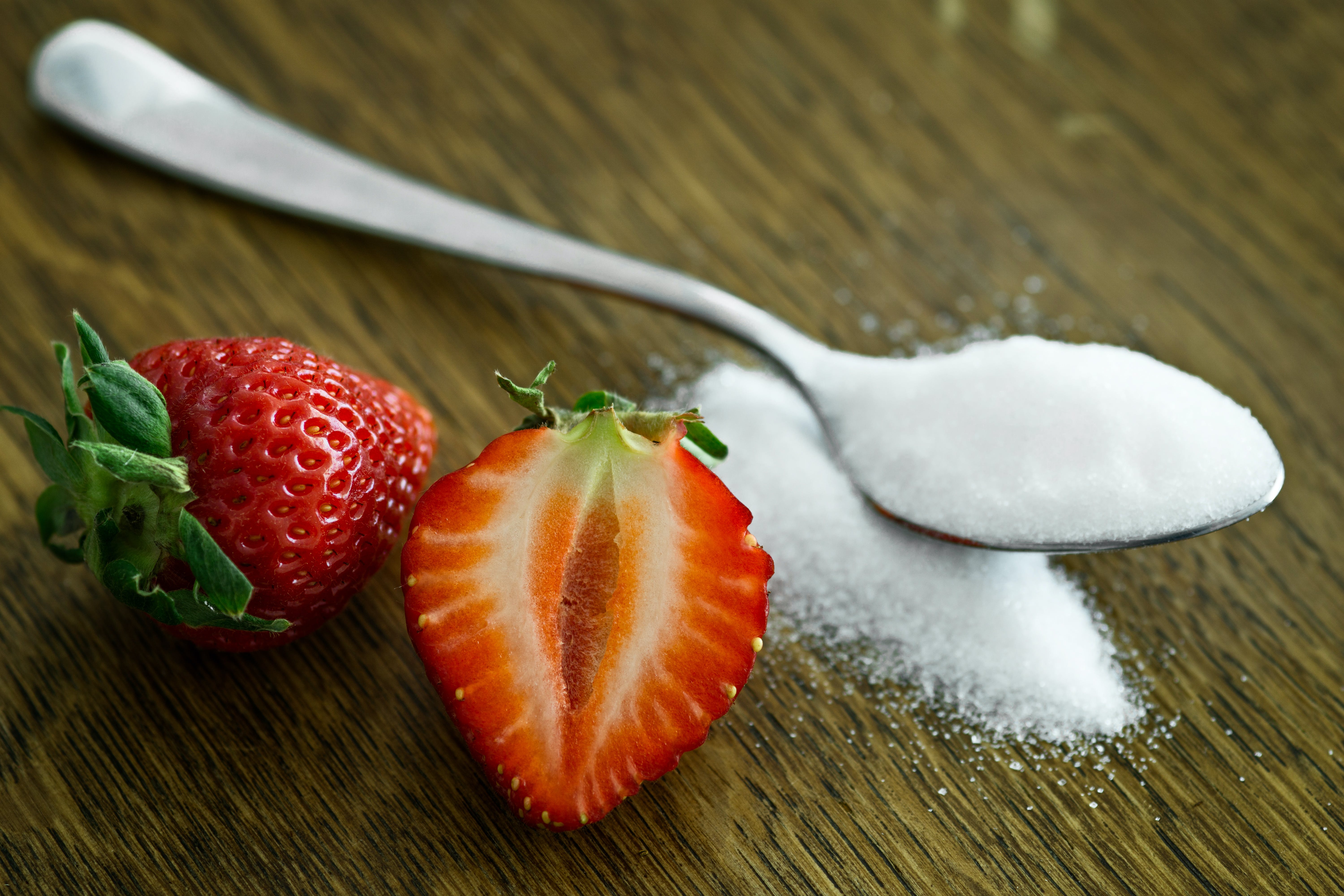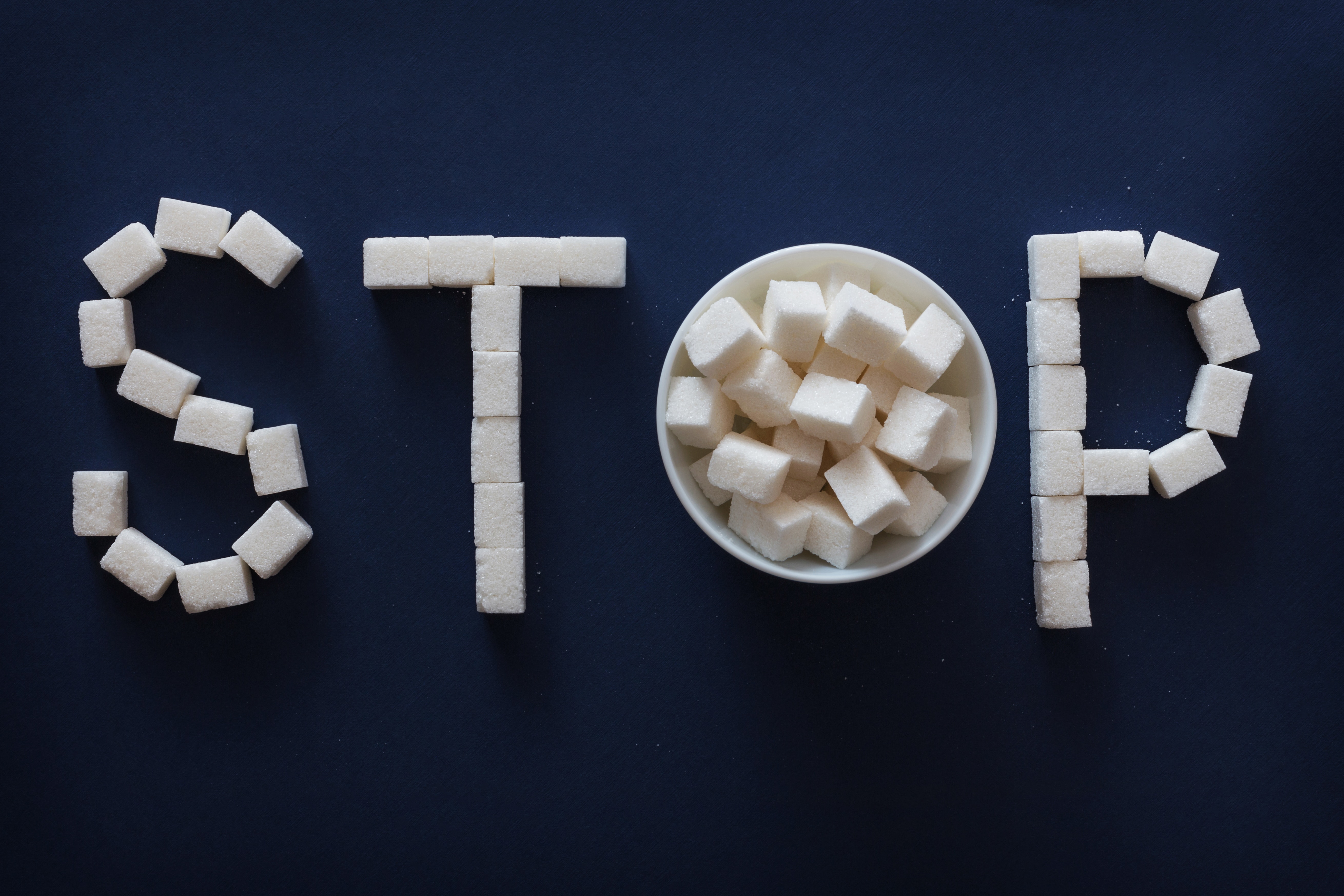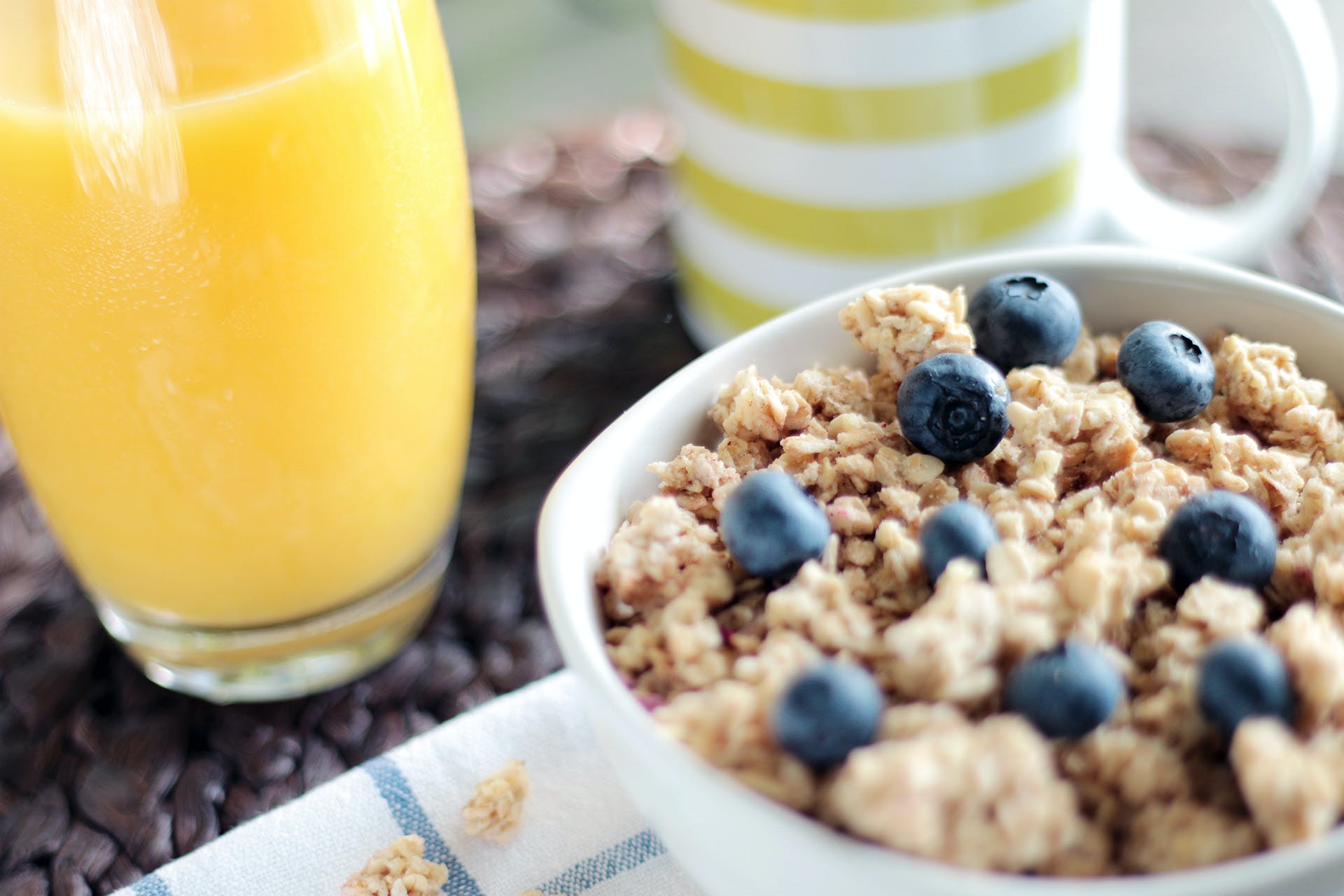Reduce sugar, control sugar, what kind of sugar should be controlled?

As people pay more and more attention to health, from drinks, dairy products, baking to condiments, candy, sugar reduction, zero sugar has almost become an unavoidable topic, sugar control has become the most popular way of health, but do you know what kind of sugar should be controlled?
Many people reject staple foods by equating carbohydrates with sugar. In fact, carbohydrates can be divided into natural sugars and added sugars. In the human body, the metabolism of added sugar is no different from that of natural sugar. It will eventually be converted into glucose and enter the bloodstream, becoming blood sugar.
If the daily caloric intake remains unchanged, excessive intake of added sugar will inevitably crowd out the proportion of other nutrients, resulting in insufficient protein and fat intake.
The glucose content of normal people is 80-120 mg per 100 ml of blood. Excessive sugar intake will stimulate blood vessels in the long run, leading to endothelial damage, atherosclerosis and increased risk of cardiovascular and cerebrovascular diseases. It is recommended that the daily intake of added sugar should not exceed 50 grams, preferably within 25 grams.

How to control sugar effectively in daily life?
Coarse grains instead of fine grains
Try to choose foods with a lower glycemic index (GI) and limit foods with a higher glycemic index. The higher the GI, the stronger the ability to raise blood sugar.
According to the "Dietary Guidelines for Chinese Residents", the general population should consume 250 to 400 grams of cereals and potatoes every day, including 50 to 150 grams of whole grains and miscellaneous beans, and 50 to 100 grams of potatoes. That is to say, coarse grains should account for About 1/3 of the staple food.

Use sweetness instead of added sugar and free sugar
Sweetness is indispensable in life. It is recommended to choose a relatively healthy way of "eating sugar": eat fruits or dried fruits with higher sugar content to satisfy your cravings, such as durian, banana, peach, apple, pear, etc.; some vegetables are also very sweet. Prominent, such as pumpkin, carrots, beets, etc.
Pay more attention to low-sugar or sugar-free foods
"General Principles for Nutritional Labeling of Prepackaged Foods (GB28050-2011)" stipulates:
Sugar-free or sugar-free foods must have a sugar content of less than 0.5g/100g solid or 100ml liquid;
Low sugar is less than 5g/100g solid or 100ml liquid.
Read food labels and be wary of hidden sugars




